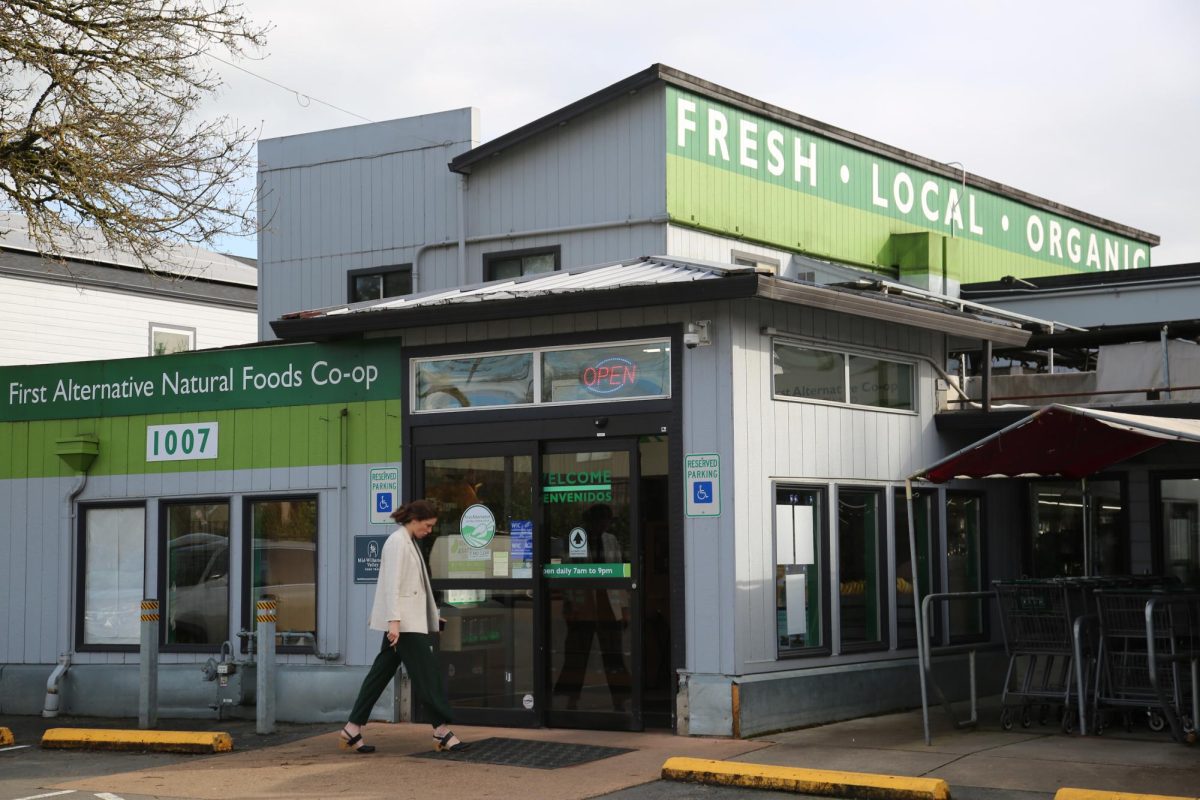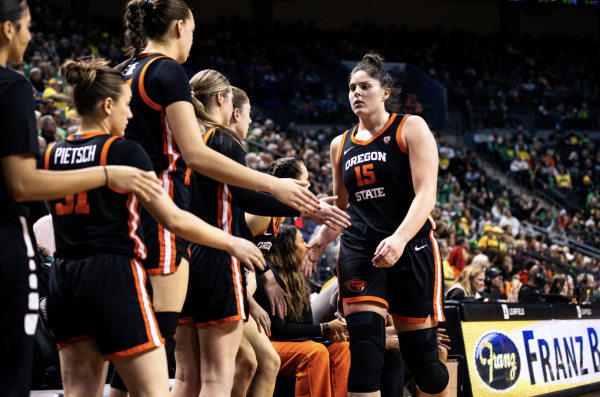Seek out tanning alternatives, be weary of harmful rays
April 27, 2016
By Mahalee Evans
Forum contributor
Oregonians can all agree that tanning is one of the major perks to the summer months. Many of us spend quality time either indoors or out trying to achieve the perfect golden glow.Getting to that perfect shade is so desired that people turn out their pockets to tanning salons to see results faster because we all know you can’t depend on Oregon’s mercurial weather for consistent sun. Is the cost of fake tanning really worth the orange glow that’ll only last as long as that last piece of cake on your kitchen counter? Probably not.
This is a common argument as long as tanning beds have been around.
Tanning salons all try to tell you that Vitamin D is necessary for your body, and that you’ll get it the best from their beds.
Turns out that’s just not true.
Weird—somebody giving you misleading information to get you to purchase their product is unheard of right? Turns out, your body needs ultraviolet burning rays to produce Vitamin D, and tanning bed bulbs actually emit ultraviolet aging rays. This is what we call carcinogenic, “the same category as other hazardous substances such as plutonium and certain types of radium,” according to the Melanoma Research Foundation.
If you still insist on tanning, there are many skin products out there that you can spray, lather, and smooth on your skin to get your prized hyperpigmented look. A few good alternatives to tanning beds include sunless tanning lotions, airbrushing, towelettes, cosmetics and even natural sunlight.
Even though natural sunlight might be better for you, remember to always use sunscreen when exposed to UVB or UVA rays.
Another reason why natural sunlight can be better than tanning beds is because the Sun Protection Factor, or SPF, doesn’t measure how much a sunscreen can protect you from harmful UVA rays, which is how tanning beds get you tan.
Sunscreen doesn’t have to be that nasty smelling white stuff that you can never seem to fully rub in—it comes in all sorts of beauty products such as makeup, lotion and lip balm. It also doesn’t have to be SPF 60 or anything crazy like that. Dermatologists usually recommend between SPF 15 and 30.
So go and get your tan on—just be safe about it. If you enjoy the outdoors in the summer, chances are you will get a nice tan the natural way. A lot of times your natural tan is way better looking than the tan achieved from a bed anyhow.
The sunburns, age spots, premature wrinkles and risk of developing skin cancer can’t be worth the annual three months of golden skin.
The opinions expressed in Evans’s column do not necessarily reflect those of The Daily Barometer staff.























































































































